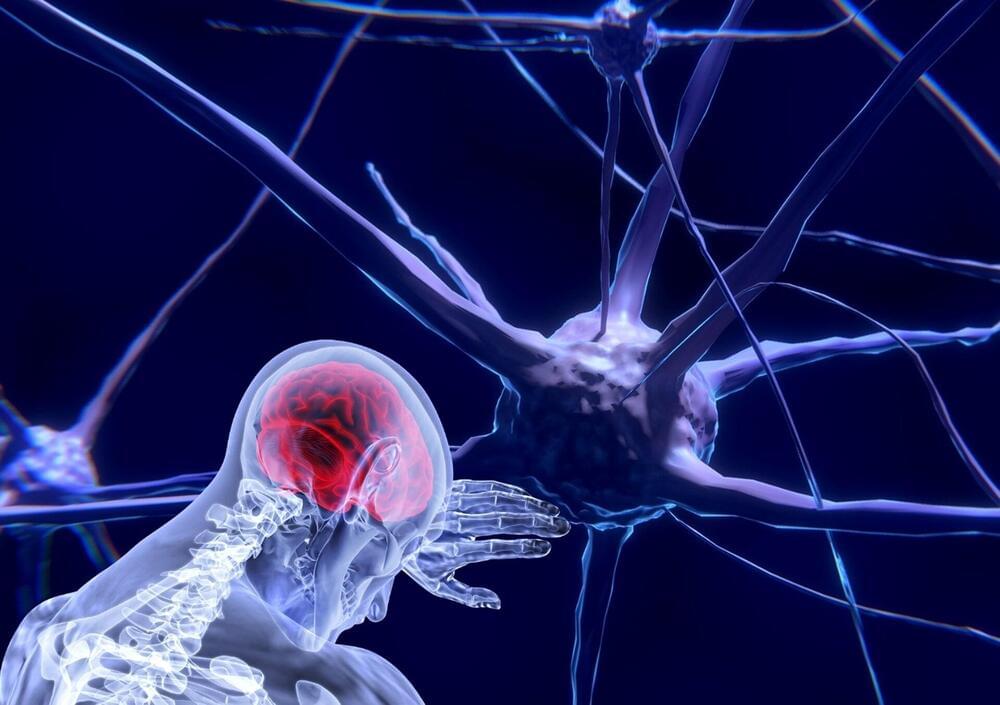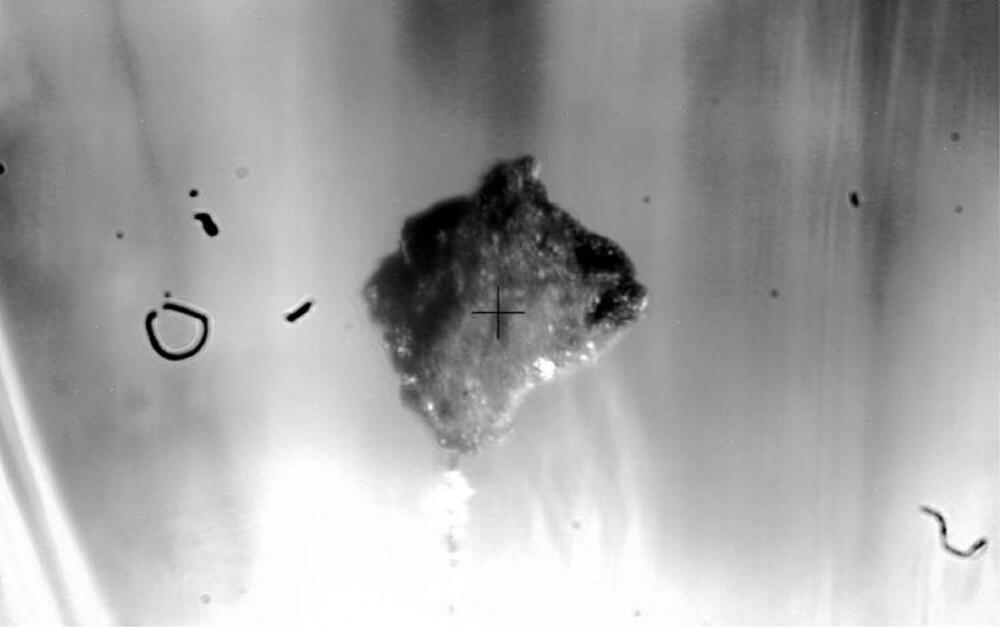Gamma radiation converts methane into glycine and other complex molecules. Gamma radiation can convert methane into a wide variety of products at room temperature, including hydrocarbons, oxygen-containing molecules, and amino acids, reports a research team in the journal Angewandte Chemie. This type of reaction probably plays an important role in the formation of complex organic molecules in the universe — and possibly in the origin of life. They also open up new strategies for the industrial conversion of methane into high value-added products under mild conditions.
With these research results, the team led by Weixin Huang at the University of Science and Technology of China (Hefei) has contributed to our fundamental understanding of the early development of molecules in the universe.
“Gamma rays, high-energy photons commonly existing in cosmic rays and unstable isotope decay, provide external energy to drive chemical reactions of simple molecules in the icy mantles of interstellar dust and ice grains,” states Huang.






